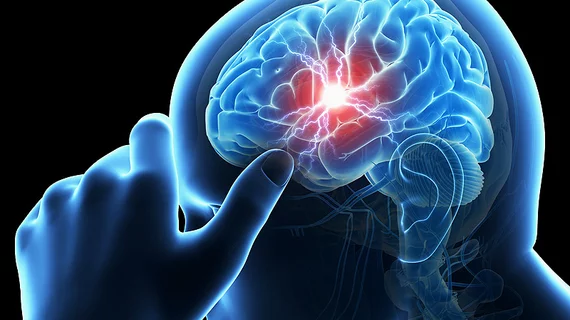MRI-guided thrombolysis for stroke patients with unknown time of onset is a sound long-term clinical strategy that can save patients and institutions dollars down the road.
Nearly a quarter of acute ischemic stroke patients are rushed to the emergency department with no time of reference for when their stroke occurred. Historically, intravenous thrombolysis (IVT) had only been recommended for patients within 4.5 hours of symptom onset, potentially doing more harm than good.
The 2018 WAKE-UP trial expanded the IVT-eligible population, showing that MRI-guided thrombolysis provided better functional outcomes for wake-up stroke patients.
But what’s less understood is if imaging-guided IVT improves patients’ quality of life down the line, and whether performing an MRI in the 25% of patients with wake-up stroke is financially feasible.
“Stroke has a lot of downstream costs involved within the first few days and weeks of treatment, but especially downstream, Wolfgang G. Kunz, MD, with Ludwig-Maximillians-University of Munich in Germany, said during a presentation at the Radiological Society of North America's annual meeting. "This (stroke) will incur a lot of costs in nursing home (care), doctor's visits and so-on," he added.
With this in mind, Kunz and colleagues created a decision model using outcome data from 503 randomized patients to estimate lifetime costs and quality-adjusted life years associated with MRI-guided IVT. The team also included outcome data from the WAKE-UP trial, which set a stroke patient’s starting age at 65 years.
Overall, the imaging-guided management approach offered wake-up stroke patients an average of 0.65 additional quality-adjusted life years. What’s more, it proved highly cost-effective, leading to potential long-term cost savings, on average, of $20,000 per patient compared to best possible supportive care.
Kunz was awarded the RSNA resident trainee research prize for his work.

